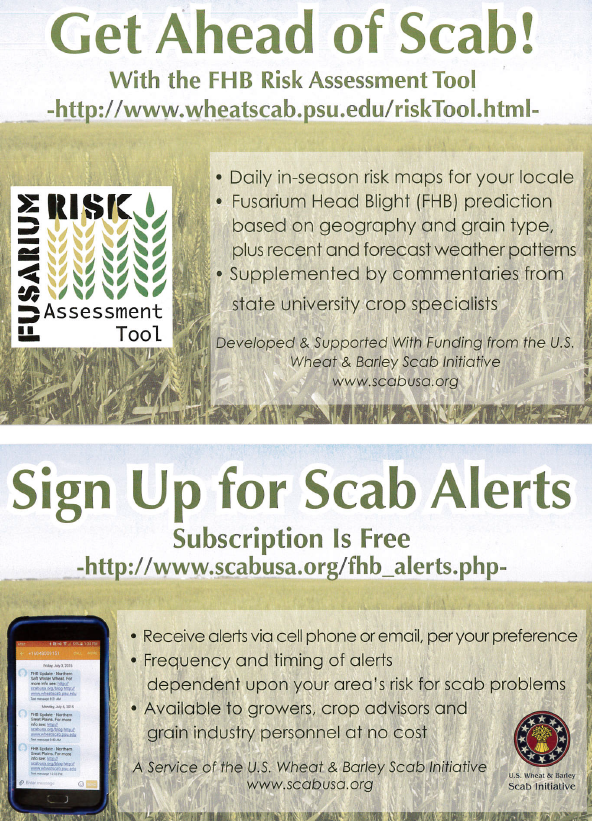Jeff Semler, Principal Agriculture Agent
University of Maryland Extension, Washington County
Article adapted with permission from information provided by Tom Kilcer, certified crop adviser in Kinderhook, N.Y.
In most of our region, the warm temperatures have kick started the winter forage. This crop can give you the earliest and the highest quality forage for your livestock. Now is the time to add nitrogen and sulfur, which can save you on protein supplements by allowing you to harvest high-protein forage.
Yield potential was set last fall, depending on planting date and available nitrogen. These two factors generate the number of fall tillers that help set the yield potential for the following spring.
While planting date is the most important factor, there is still potential for economical yields so long as the stand came through winter.
1. Provide sulfur for more protein. Sulfur has long been an overlooked plant nutrient. Prior to the clean air act, our sulfur came in our rain. Sulfur is critical for protein formation and should be included with any nitrogen application to winter forage. For example, adding extra nitrogen — 115 pounds — without sulfur only provided 12% crude protein. Adding a lesser amount of nitrogen with sulfur provided 17% crude protein. For a field that did not get manure last fall (a major on-farm sulfur source) an effective ratio is roughly 1 pound of sulfur for every 10 pounds of nitrogen. This is good for all cool-season grasses in addition to winter forage grains, such as triticale.Sulfur is also critical for corn and especially sorghum, which can produce much higher protein in the forage.
2. Increase N application. Research has shown that even if you immediately incorporated manure the previous fall before planting, an application of spring nitrogen is still needed.
In one study, spring fertilizer application didn’t increase the spring yield of triticale on manured ground but it did raise the crude protein from 9% to over 19%, which can potentially save money on purchased protein.
Many farms apply between 75 and 100 pounds of nitrogen an acre in spring. Even if you applied manure prior to planting in the fall, it is suggested increase this to 125 pounds an acre to boost forage protein and save on purchased protein. Remember, a 3-ton dry matter yield at flag leaf stage will remove 192 pounds of nitrogen at 20% crude protein. What is not used by the winter forage will still be used by the following crop.
One caution, don’t try this higher rate on rye. Rye has limited tillering and produces a tall but thinner stand. It is very prone to lodging when more than 50 pounds of nitrogen an acre are applied.
Triticale is only two-thirds the height of rye and is resistant to lodging. Several university trials have found that triticale yields 35% higher than rye because of the higher tiller density.
3. Add an antivolatilization agent. It is highly recommended to add an antivolatilization agent in the spring. This will inhibit the urease enzyme from splitting the urea into ammonia that could be lost. Trials have found that urea loss in fields treated with an antivolatilization agent were 63% less than in fields that were untreated. The antivolatilization compound increases the chance of full return on your fertilizer investment.
4. Know when to harvest. For those new to growing winter forage, it is ideal to harvest at the flag leaf stage (stage 9) for optimum quality. Stage 8 does not have higher quality than stage 9, and you can get a substantial yield drag from harvesting too soon.
If temperatures are warmer than normal, push to harvest the forage at the flag leaf stage. Conversely, if it is at stage 8 and there is a week of rain forecasted, get it cut so you have quality forage.

